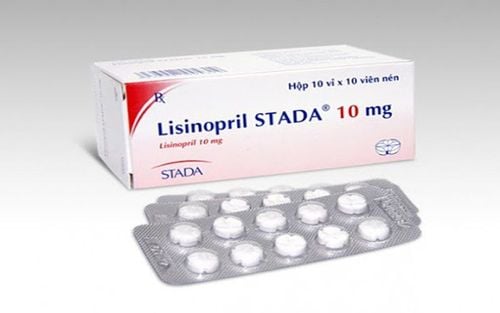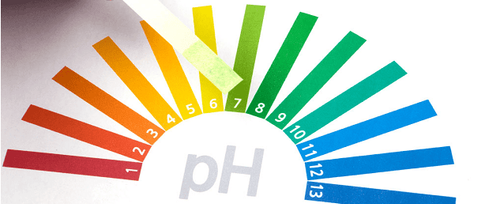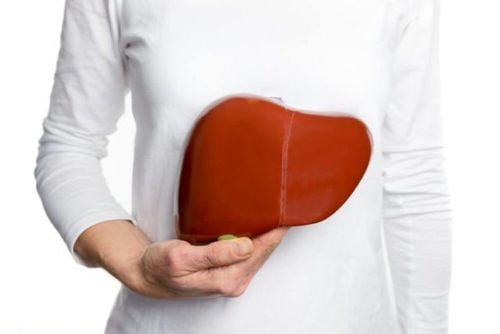This is an automatically translated article.
Acid-base metabolic disorder is an imbalance of pH indicators; PaCO2 and HCO3 in the body. Treatment of this pathology will be carried out on the basis of adjusting the indicators back to the equilibrium level.
1. What is acid-base metabolic disorder?
In the human body, the concentration of dissociated H+ ions in a liter of fluid is 10 to 10 (-7.35) to 10 to 10 (7.45) mEq/liter. The lower the pH value, the higher the H+ concentration and vice versa. Therefore, if the pH drops to < 7.35, the blood is in an acid state and if the pH is > 7.45, the blood is in an alkaline state. If the pH value is > 7.8 and < 6.8, the body will not survive.
Disorders of metabolic acidosis when pH < 7.35 and HCO3-<24 mEq/l and residual alkalinity (BE) <-2. Metabolic acidosis is characterized by decreased bicarbonate concentration or increased acidity. There is also metabolic alkalosis disorder when pH > 7.45 and HCO3->28 mEq/l and residual alkalinity (BE) >2. Metabolic alkalosis with increased [HCO3-] blood, increased pH, and increased PCO2, decreased alveolar ventilation, so compensatory is limited and ineffective.
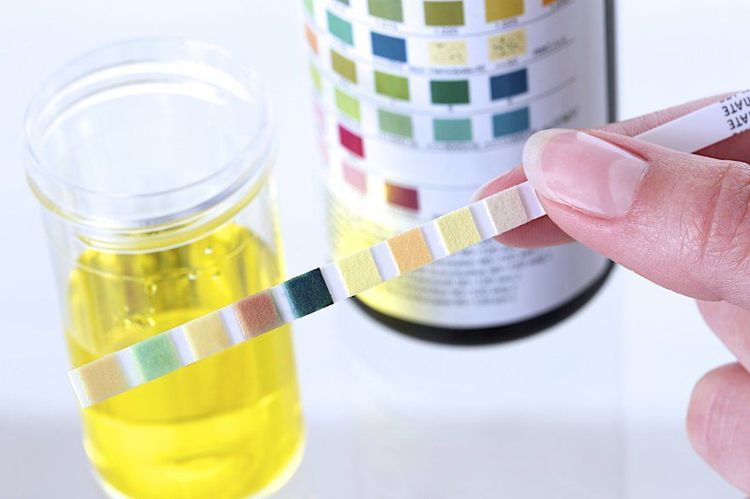
Chỉ số pH cho phép đánh giá mức độ rối loạn chuyển hóa kiềm toan
2. Clinical manifestations of acid-base metabolic disorder
2.1. Clinical manifestations of metabolic acidosis
Metabolic acidosis will depress the central nervous system, causing symptoms such as lethargy, dislocation, weakness and stupor, pulmonary hypertension, decreased cardiac output, and arrhythmias. .
Rapid deep breathing is a compensatory mechanism through respiration to reduce the amount of acid in the blood, lose CO2 through the lungs, and reduce the amount of acid H2CO3. In metabolic acidosis, the compensatory mechanisms are renal and respiratory to attempt to reestablish pH balance.
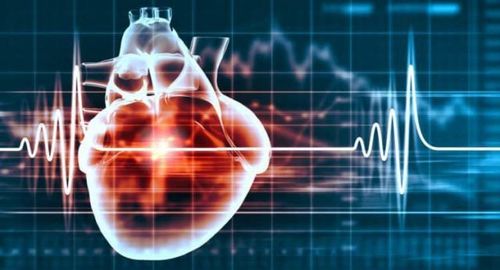
Rối loạn nhịp tim là một biểu hiện lâm sàng của rối loạn nhiễm toan chuyển hóa
2.2. Clinical manifestations of metabolic alkalosis
And metabolic alkalosis will cause the central nervous system to become excitable. Common symptoms are agitation, confusion, and spasticity-like symptoms in hypocalcemia and hyperreflexia.
Hypoventilation (shallow breathing) may occur as a compensatory mechanism for metabolic alkalosis to retain H+ and H2CO3.
Mechanisms of the buffer system, kidneys and lungs try to restore balance:
In the buffer system, excess bicarbonate reacts with acidic salts of the buffer system to reduce the amount of bicarbonate ions in the extracellular fluid and increase the acid concentration. H2CO3. The kidney mechanism will retain H+ and excrete Na+, K+ and HCO3. Mechanisms in the lungs maintain balance through hypoventilation, CO2 retention, and increased concentration of H2CO3 in the extracellular fluid.
3. How is acid-base metabolic disorder diagnosed?
Determining the type of acid-base imbalance will use three values (pH; PaCO2 and HCO3) analyzed from arterial blood samples. In addition, a number of other indicators are also used to determine acidosis or metabolic alkalosis such as Base Excess (BE), serum CO2 index, a determinant of serum bicarbonate.
The process of determining acid-base metabolic disorder includes:
First is to check the body's pH, if the pH is < 7.35, the patient has acidosis, and the pH > 7.35 is the state. alkaline contamination. Next is the PaCO2 test. The index is within normal limits, the patient does not have acidosis or respiratory alkalosis. If PaCO2>45mmHg and pH<7.35, there is respiratory acidosis, while PaCO2<35mmHg and pH> 7.45 is respiratory alkalosis. Finally check for HCO3. If HCO3 < 24 mEq/L and pH < 7.35, metabolic acidosis occurs, if pH > 7.45 and HCO3 > 28 mEq/L, metabolic alkalosis occurs.

Kiểm tra pH của cơ thể sẽ chẩn đoán rối loạn chuyển hóa kiềm toan
4. How to treat acid-base metabolic disorder?
4.1. Treatment of metabolic acidosis
Initial treatment is to find and treat the cause of the metabolic acidosis.
If acidosis is life-threatening (pH < 7.2 and HCO3- < 15 mmol/l), correct half of the alkaline deficiency with bicarbonate. Note: too much bicarbonate will cause rapid adjustment of blood pH with the risk of tetany and convulsions, in the long term will be volume overload and hypernatremia. After 5 minutes of bicarbonate administration, blood bicarbonate and pH should be re-measured, and hypertonic bicarbonate should be infused slowly to minimize adverse reactions. When bicarbonate is used in the setting of metabolic acidosis, it is important to know that the buffering reaction produces a lot of CO2. This can cause severe respiratory acidosis, especially in patients with severe or decompensated respiratory failure. Finally, it is important to distinguish acidosis associated with hypoxia (cardiac arrest, septic shock) and acidosis not due to tissue hypoxia. Cases of acidosis with hypoxia, which treatment with bicarbonate may be aggravated. Symptomatic treatment with dialysis will be used when acute or chronic renal failure, severe heart failure and bicarbonate therapy fail.
4.2. Treatment of alkaline metabolism disorders
Treat the cause of metabolic alkalosis.
Adjust hypovolaemia and decrease blood K+, administer 0.9% NaCl to increase circulating volume, increase bicarbonate excretion. In patients with contraindications to volume replacement, the diuretic acetazolamide (Diamox) 250-500 mg IV every 6 hours causes renal bicarbonate excretion and improves pH. When gastric suction is prolonged, use H2-receptor antagonists to reduce gastric acid production. Severe alkalosis with alveolar hypoventilation may cause convulsions or depression of the nervous system. If metabolic alkalosis is life-threatening and requires rapid correction, administer hydrogen ions in the form of dilute hydrochloric acid (0.1 HCl in glucose 5%) through the central vein at an infusion rate not exceeding 0.2 mmol/kg/hour. Or infusion of ammonium chloride 2.14% 10-20 ml/hour, arginine monohydrochloride 10% 10-20 ml/hour. If the patient is unresponsive to chlorine, treat with potassium replacement or an aldosterone antagonist (such as aldactone).

Một loại thuốc được chỉ định để điều trị rối loạn chuyển hóa kiềm
Vinmec International General Hospital is the address for examination, treatment and prevention of diseases. When performing the examination process at Vinmec, customers will be welcomed and used modern facilities and equipment along with perfect medical services under the guidance and advice of experts. Good doctors, well-trained both at home and abroad.
Customers can directly go to Vinmec Health system nationwide to visit or contact the hotline here for support.
Please dial HOTLINE for more information or register for an appointment HERE. Download MyVinmec app to make appointments faster and to manage your bookings easily.
MORE:
What is respiratory acidosis? What is acidosis? Ketoacidosis in diabetics





